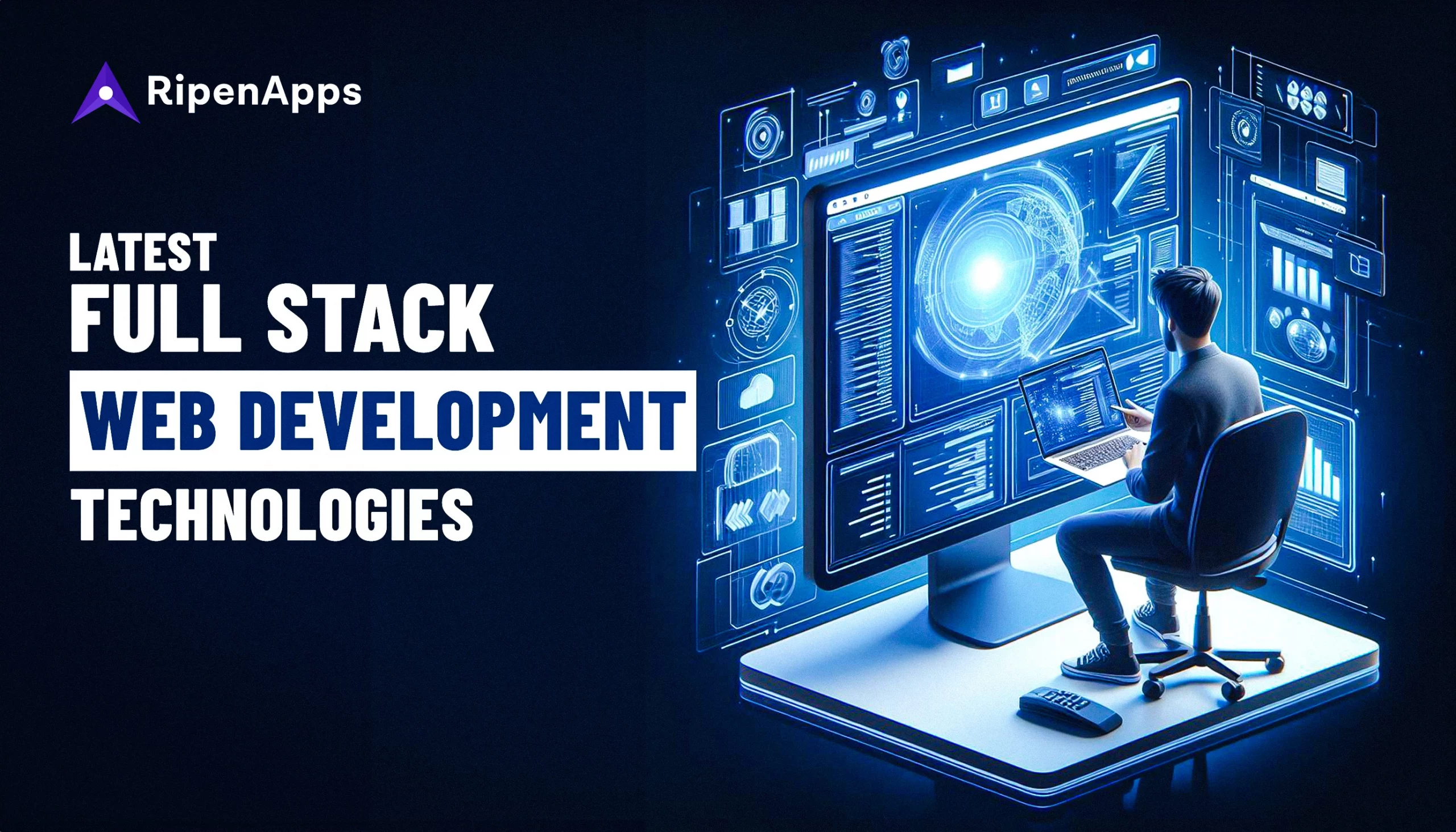Pulse of Information
Stay updated with the latest news and insights.
Full-Stack Development: Where Front Meets Back in Perfect Harmony
Discover the art of full-stack development and unlock the perfect balance between frontend and backend for stunning web applications!
The Essential Skills Every Full-Stack Developer Should Master
In today's rapidly evolving tech landscape, becoming a successful full-stack developer requires a diverse set of skills that bridge both front-end and back-end development. At the core, a solid understanding of HTML, CSS, and JavaScript is essential. These three are the backbone of any web application, enabling developers to create interactive and responsive user interfaces. Additionally, proficiency in at least one modern front-end framework, such as React or Vue.js, can greatly enhance a developer's ability to deliver seamless user experiences. On the back-end, knowledge of server-side languages like Node.js, Python, or Ruby is crucial for building robust applications that manage data and logic.
Furthermore, a full-stack developer must also be well-versed in database technologies, both SQL (like MySQL or PostgreSQL) and NoSQL (like MongoDB). Understanding how to structure, query, and optimize databases is a fundamental skill that ensures data integrity and application performance. Aside from technical acumen, soft skills such as effective communication, teamwork, and problem-solving are equally important. A full-stack developer often collaborates with designers, project managers, and clients; thus, the ability to convey ideas clearly and devise creative solutions is key to success in this versatile role.

How Full-Stack Development Enhances Collaboration Between Frontend and Backend Teams
Full-stack development is a crucial practice that significantly enhances collaboration between frontend and backend teams. By possessing skills across both the client-side and server-side, full-stack developers bridge the usual communication gap that often exists in traditional development frameworks. This dual expertise allows for a deeper understanding of the entire tech stack, encouraging more fluid discussions and a unified approach to problem-solving. As a result, issues are resolved more swiftly, leading to faster deployment and an overall more cohesive development process.
Moreover, the adaptability of full-stack developers means that they can seamlessly switch between tasks, providing invaluable support to both frontend and backend teams. This flexibility promotes a collaborative environment where all team members can contribute to various aspects of a project, enhancing efficiency and innovation. With fewer silos to navigate, teams are empowered to share knowledge, brainstorm ideas, and iterate on features in real-time, ultimately leading to a higher quality product and a better user experience.
What Does a Day in the Life of a Full-Stack Developer Look Like?
A full-stack developer wears many hats throughout the day, seamlessly transitioning between various stages of the software development process. Mornings often begin with a quick team stand-up meeting where developers discuss ongoing projects and update each other on their progress. Following this, they dive into coding, focusing on both front-end and back-end development tasks. On the front-end, they may work on improving user interfaces using technologies like HTML, CSS, and JavaScript, while on the back-end, they engage with databases and server-side languages such as Node.js or Python. This mix of tasks ensures that they maintain a holistic view of the project.
As the day progresses, full-stack developers frequently engage in problem-solving sessions, debugging code, and refining functionalities. Collaboration with UX/UI designers and project managers is key during this phase, as it ensures that technical solutions align with client requirements and enhance the user experience. Afternoons can also include code reviews, where developers critique each other’s work, providing valuable feedback and fostering a culture of learning within the team. By the end of the day, they might prepare for the next day’s tasks, documenting their progress and updating task management tools to keep projects on track, showcasing their adaptability and commitment to continuous improvement.